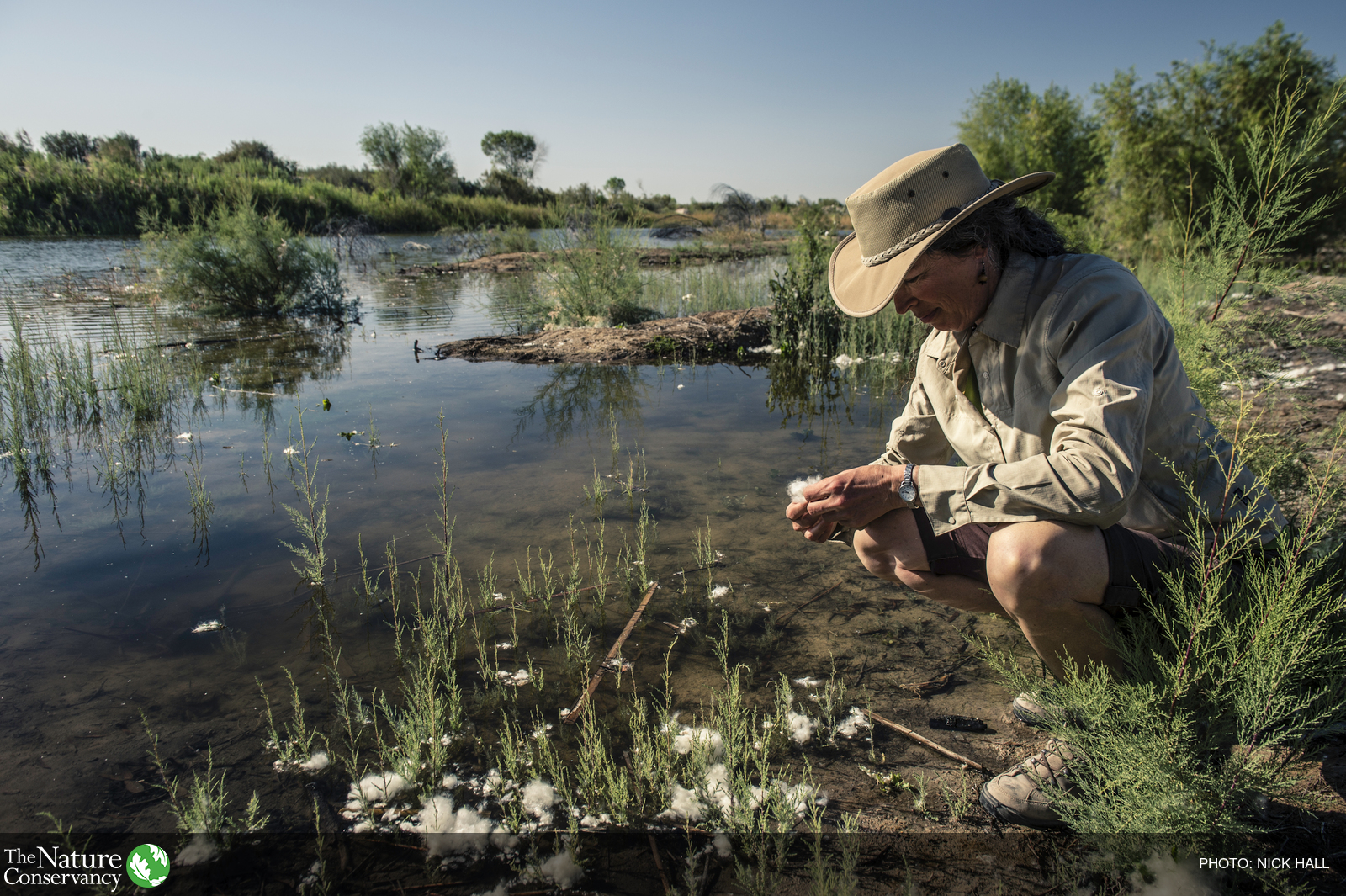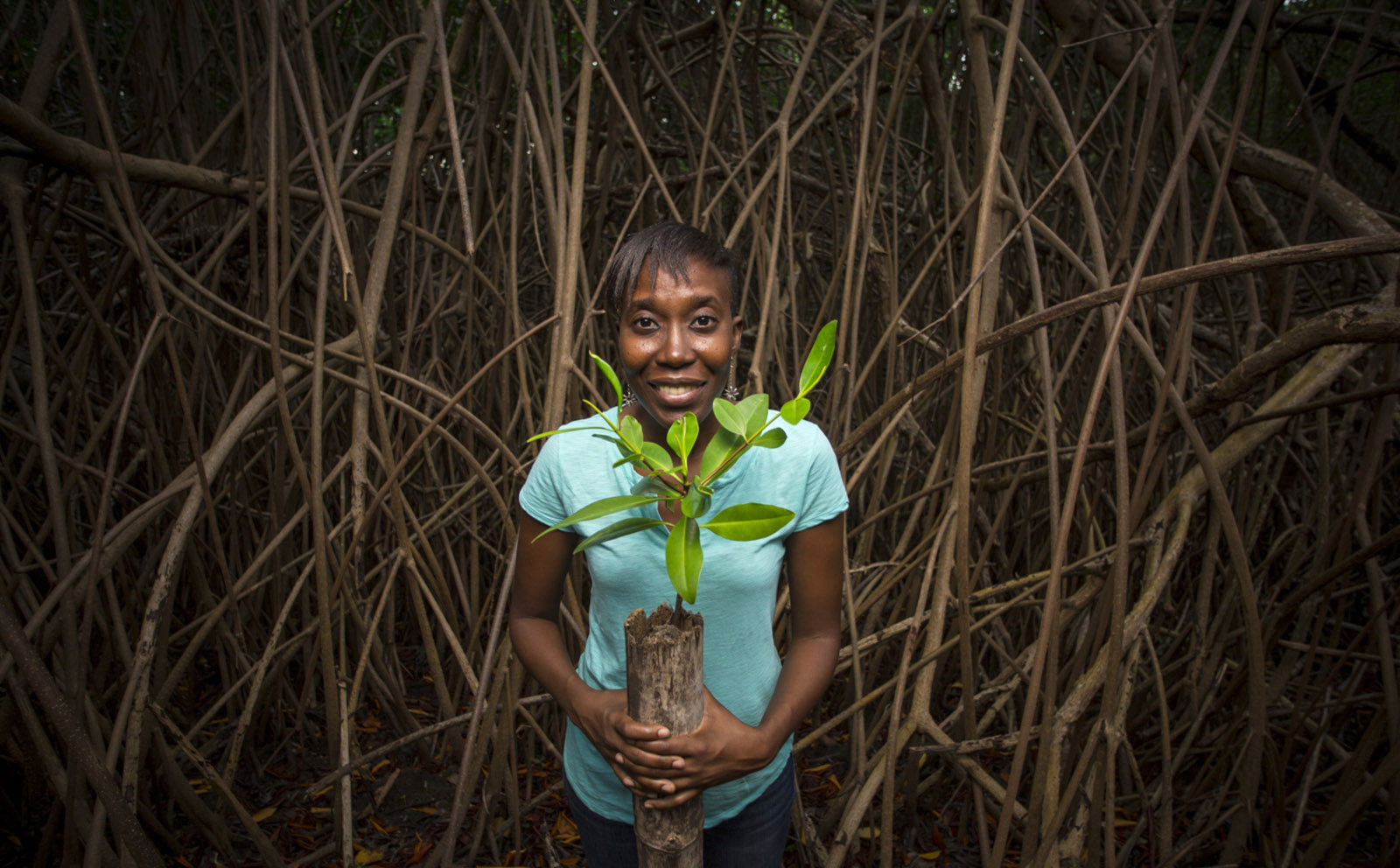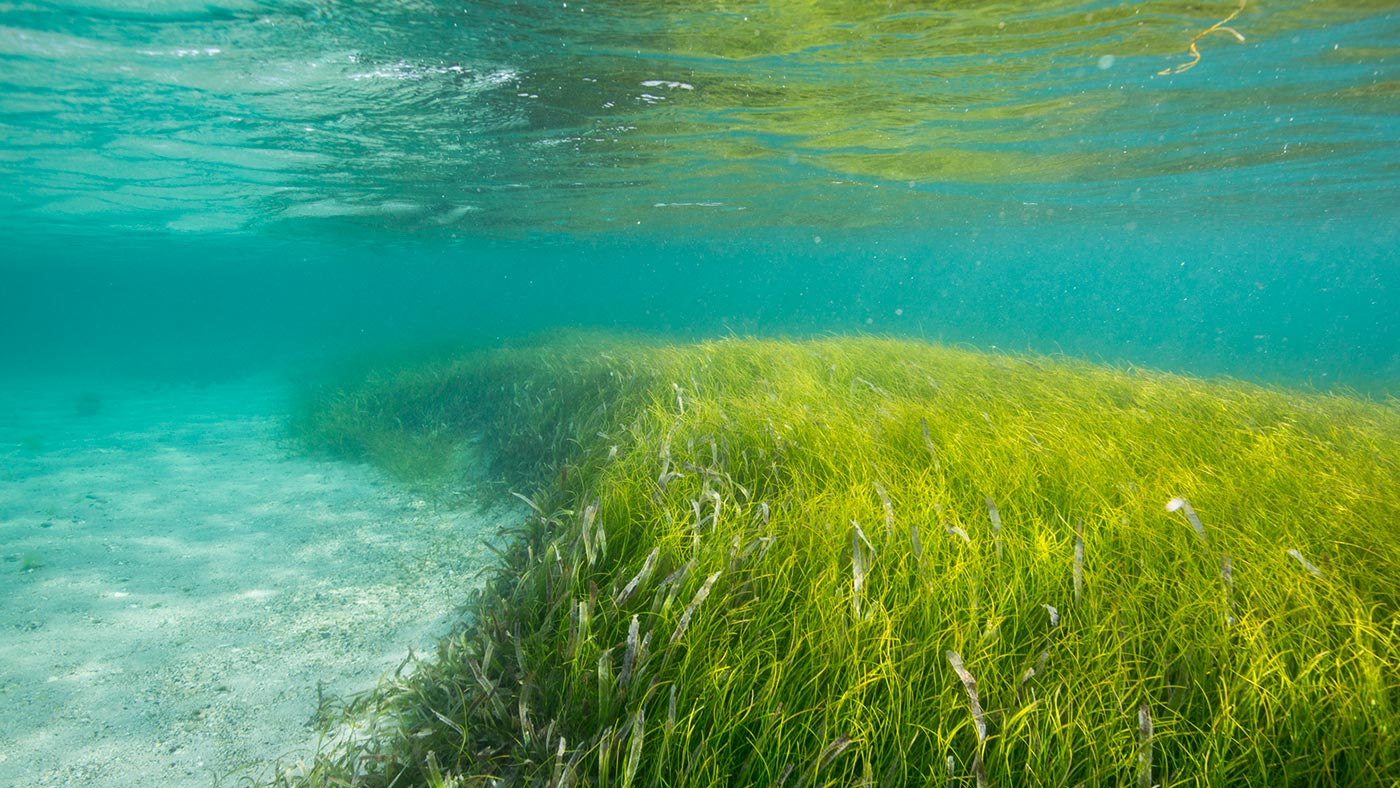
Helping People and Nature Adapt to Climate Change
Climate change has significant impacts on the land and coastal ecosystems. From increased flooding due to more intense storms and huricanes to increased temperatures and prolonged droughts,nature will be impacted by climate change, but it can also be used to help people.
Natural Climate Solutions improve the resilience of ecosystems against extreme weather events. For example, wetlands store large volumes of water as well as large amounts of carbon and provide protection against floods. Similarly, climate-smart agriculture practices and agroforestry can help farmers better withstand extreme conditions, adapt to seasonal changes and adjust the timing of planting and irrigation. Preventing damage to intact ecosystems, and reversing degradation where it has occurred, helps to ensure that nature is as resilient as possible.
Mangroves marshes, and seagrass beds store huge amounts of carbon despite their relatively small total area – much more than forests of equal size. Conversion typically from urban development, conversion to shrimp farms, and polluted runoff from land releases the carbon trapped in the soil. Preventing these impacts maintains healthy functioning coastal wetlands that store and absorb carbon from the atmosphere and act as buffers against storms and tidal waves, as well as being fish nurseries.

Coastal wetland restoration
Coastal wetlands such as mangroves, tidal marshes, or seagrass beds can be restored by reducing pollution, replanting lost vegetation and/or by repairing the natural flow of water.
Efforts to restore mangroves, salt marshes and seagrasses are already underway in many parts of the world, and there are large areas, particularly of abandoned or unproductive aquaculture where restoration would yield rapid returns in both carbon and co-benefits.

Restoring wetlands can be straightforward from a technical point of view. Mangroves, for instance, are easily planted, but in many cases restoring the hydrology alone is all that is needed to allow natural recolonization. But the opportunity cost for such restoration is sometimes high where former wetlands are now developed, or used in productive aquaculture.
In future, mangrove restoration is likely to be most important in areas that have experienced high rates of loss, including South Central America and East Asia. Seagrass restoration is largely dependent on improving on-shore watershed and nutrient management practices. Such management policies can be expensive and often take many years to implement fully. Nearly 30% of the worlds salt marshes are in the U.S.. As a result of historical conversion and degradation there is a significant restoration potential that would benefit climate mitigation and ecosytems alike. A common challenge in developing countries comes from obscure land tenure, which has greatly hindered some efforts to determine ownership or to undertake restoration in appropriate locations.
Coastal wetland protection
Around the globe, many coastal wetlands are converted for agriculture, aquaculture or urban development. The loss of healthy wetlands releases stored carbon into the atmosphere. Polluted run-off can also degrade the health of wetlands, leading to an eventual release of carbon trapped in the soil. Avoiding direct coastal wetland conversion is a low-cost climate mitigation pathway. Many interventions (such as establishing protected areas, improving land tenure and enforcing land-use laws) can be put into place immediately. Preventing conversion and maintaining the health of coastal wetlands will allow these areas to continue storing and absorbing carbon from the atmosphere. However, the rate at which salt marshes and seagrass beds are being lost is uncertain and varies across the globe. In particular, much more work is needed to map the locations and size of seagrass beds and salt marshes globally. National level maps do exist in a lot of places but there are gaps such as parts of Africa, Asia and South America. In Southeast Asia, meanwhile, where mangrove forests are converted for aquaculture, palm oil production and rice farms, new regulations and viable economic alternatives will be necessary to curb wetland loss.